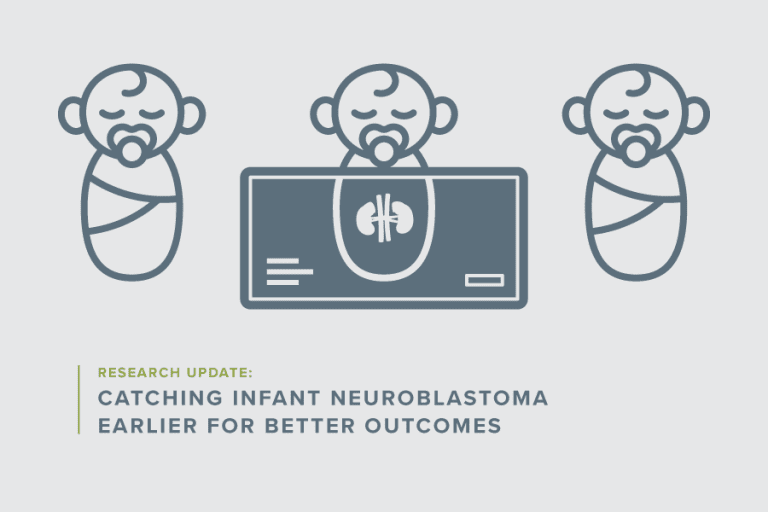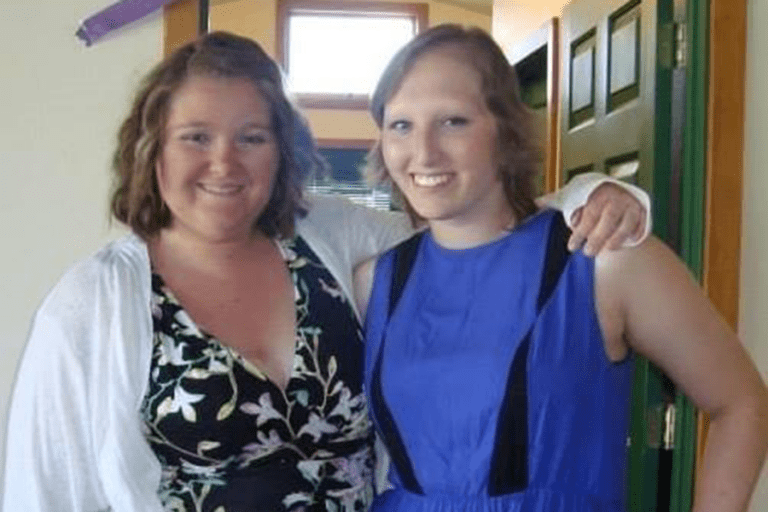When you are 16, 14 and 11 years old, the last thing you want to hear is that you can’t have friends over. Luke’s brothers and sister are used to that now, however, because when Luke’s blood count is down, the family closes around him.
“We have always had an open house,” said Luke’s mom, Jamie. “His osteosarcoma has changed the dynamics of our home and our family. Little things just don’t matter all that much now.”
It began with a wrestling match. Luke broke his left femur wrestling with his brother, and x-rays revealed a tumor at the site of the break. “It’s creepy to think the tumor had been there long enough to weaken the bone,” said Jamie. “Luke had told us on occasion that his leg hurt, but we thought it was just growing pains.”
Luke was diagnosed with osteosarcoma in December 2009. Osteosarcoma is the most common type of bone cancer, often found in teens and young adults. Terrified and sad, Luke’s parents turned to the Internet for information but soon found that to be “way too scary,” said Jamie. Referred by their orthopedic physician to the University of Minnesota, Luke and his family began their healing journey under the guidance of Joseph Neglia, M.D., section chief of Pediatric Hematology and Oncology and a professor in the Department of Pediatrics Division of Pediatric Hematology/Oncology/Blood and Marrow Transplantation.
An amazing procedure
After initial rounds of chemotherapy, Luke underwent a procedure called rotationplasty in March 2010. Rotationplasty is a reconstructive option involving rotation and reattachment of the lower leg.
“Basically, the doctors amputated Luke’s left leg below the hip, took his lower leg from the calf down, rotated it 180 degrees and reattached it,” said Jamie. “His ankle now acts as his knee joint. When I first heard about the procedure, I said, ‘Really? Who was the first person who said, ‘I’ll do that?’ But when you see kids who have had this procedure and what they’re able to do, it’s amazing.”
“The decision to amputate Luke’s leg was very difficult,” said Jamie, “but once Luke understood why doctors had to do it, he was okay with it.”
Following the surgery, Luke resumed two weeks of chemotherapy with a three-week break between sessions. He also is participating in two clinical trials. One is MAP/MAPIE, named after the series of chemotherapy drugs given. The other is a Genetics of Osteosarcoma study. Both are coordinated through the Children’s Oncology Group at the University of Minnesota.
After a rest, setting sail for new horizons
“Luke’s illness has changed our family for the better in many ways,” said Jamie. “We spend a lot more time together.”
Jamie, who has taken a leave of absence from her teaching job, is teaching Luke at home so he can stay with his class when he returns to school in the fall. There are many days when he can’t go out or have visitors, and many days when he doesn’t have a lot of energy.
“Luke is a tough kid,” said Jamie. “He has kept a very positive attitude, which makes it easier for all of us to deal with this.” Luke and his family are going to take a Caribbean cruise, courtesy of the Make a Wish Foundation. They have invited members of their extended family to join them, and while everyone outside of Luke’s immediate family will have to pay their own way, all 30 said, “We’re in.”
Throughout Luke’s illness, the family has experienced support from family and friends, but the greatest support has come through their already strong faith. “I honestly don’t know how people without a faith survive this,” said Jamie. “We won’t take things for granted ever again.”



